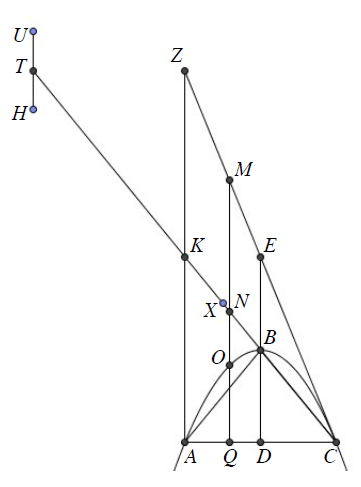EMP1
EMP1 (Epithelial Membrane Protein 1) is a protein that in humans is encoded by the EMP1 gene. This protein is a member of the peripheral myelin protein 22 (PMP22)/EMP/MP20 family and is located in cell membranes, where it is thought to play a role in the signaling pathways that regulate cell growth and differentiation. EMP1 is particularly noted for its expression in epithelial cells, where it may contribute to the maintenance of cellular structure and function.
Function[edit | edit source]
EMP1 is involved in the modulation of cellular proliferation and apoptosis, acting as a potential tumor suppressor in certain contexts. It has been implicated in various biological processes, including cell adhesion, signal transduction, and the regulation of cell morphology. The protein's role in these processes suggests its importance in maintaining the integrity and functionality of epithelial tissues.
Clinical Significance[edit | edit source]
Alterations in the expression of EMP1 have been associated with a number of cancers, including glioma, breast cancer, and lung cancer. In some cases, EMP1 is downregulated in tumor tissues, which may contribute to cancer progression by disrupting normal cell-cell communication and adhesion. Conversely, in certain types of cancer, EMP1 expression is upregulated, and its role in these contexts is a subject of ongoing research.
The differential expression of EMP1 in various cancers makes it a potential biomarker for cancer diagnosis and prognosis, as well as a possible target for therapeutic intervention. Studies are ongoing to better understand the mechanisms by which EMP1 influences cancer development and to explore its potential in cancer therapy.
Gene[edit | edit source]
The EMP1 gene is located on chromosome 12 (12q13.13) in humans. It spans approximately 7.5 kilobases and consists of 4 exons. The gene encodes a protein of 160 amino acids with a predicted molecular weight of about 17 kDa. EMP1 is highly conserved across different species, indicating its fundamental role in cellular processes.
Expression[edit | edit source]
EMP1 is ubiquitously expressed in various tissues, with higher levels observed in epithelial-rich organs such as the skin, oral mucosa, and cornea. Its expression is also notable in certain types of cancer, where it may play a role in tumor progression or suppression, depending on the context.
Research Directions[edit | edit source]
Ongoing research aims to elucidate the precise mechanisms by which EMP1 functions in normal and cancerous cells. Understanding the molecular pathways influenced by EMP1 may reveal new strategies for the diagnosis and treatment of cancers in which EMP1 plays a critical role. Additionally, the potential of EMP1 as a therapeutic target is being explored, with the development of drugs that can modulate its activity in cancer cells.
Search WikiMD
Ad.Tired of being Overweight? Try W8MD's physician weight loss program.
Semaglutide (Ozempic / Wegovy and Tirzepatide (Mounjaro / Zepbound) available.
Advertise on WikiMD
|
WikiMD's Wellness Encyclopedia |
| Let Food Be Thy Medicine Medicine Thy Food - Hippocrates |
Translate this page: - East Asian
中文,
日本,
한국어,
South Asian
हिन्दी,
தமிழ்,
తెలుగు,
Urdu,
ಕನ್ನಡ,
Southeast Asian
Indonesian,
Vietnamese,
Thai,
မြန်မာဘာသာ,
বাংলা
European
español,
Deutsch,
français,
Greek,
português do Brasil,
polski,
română,
русский,
Nederlands,
norsk,
svenska,
suomi,
Italian
Middle Eastern & African
عربى,
Turkish,
Persian,
Hebrew,
Afrikaans,
isiZulu,
Kiswahili,
Other
Bulgarian,
Hungarian,
Czech,
Swedish,
മലയാളം,
मराठी,
ਪੰਜਾਬੀ,
ગુજરાતી,
Portuguese,
Ukrainian
WikiMD is not a substitute for professional medical advice. See full disclaimer.
Credits:Most images are courtesy of Wikimedia commons, and templates Wikipedia, licensed under CC BY SA or similar.
Contributors: Prab R. Tumpati, MD

